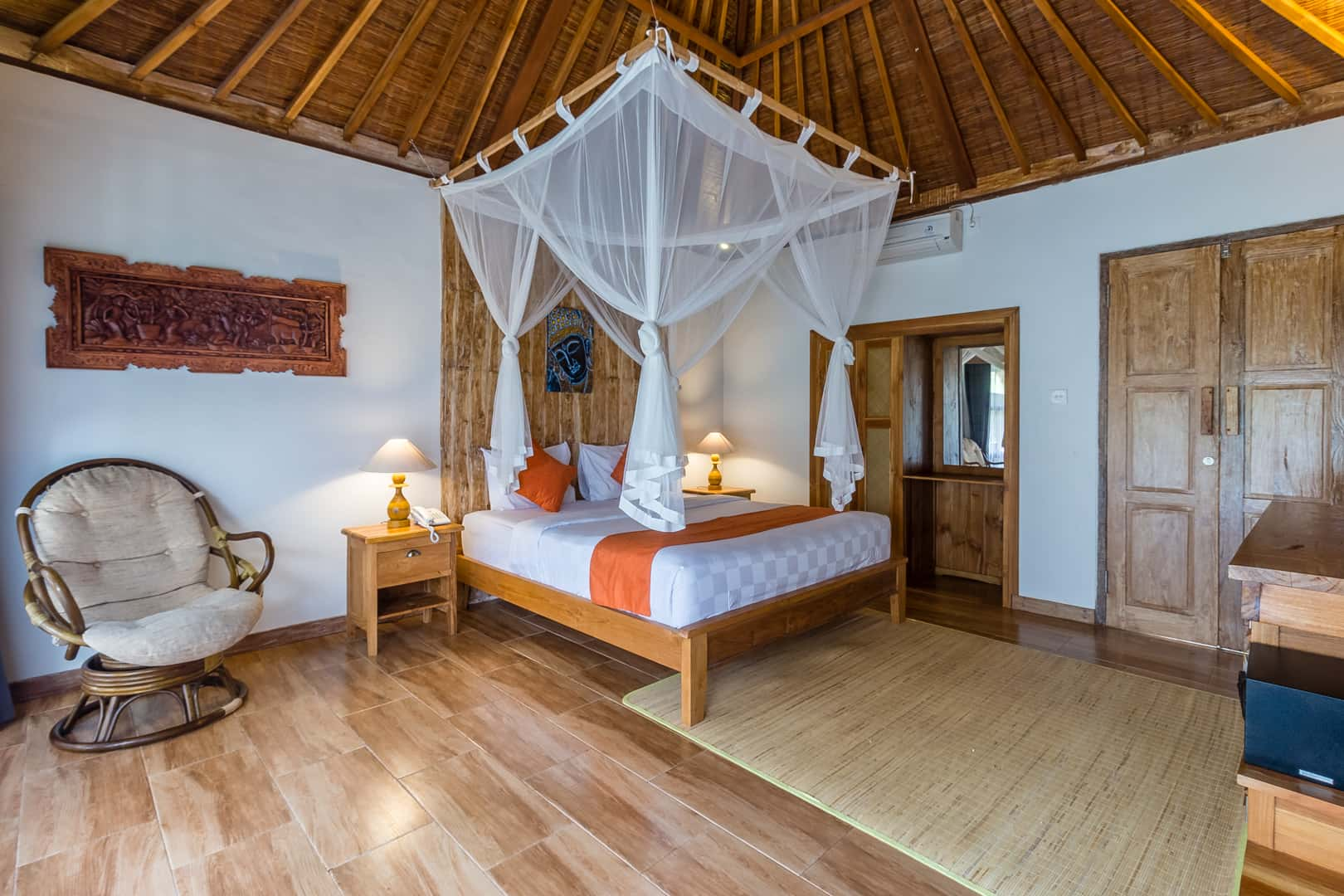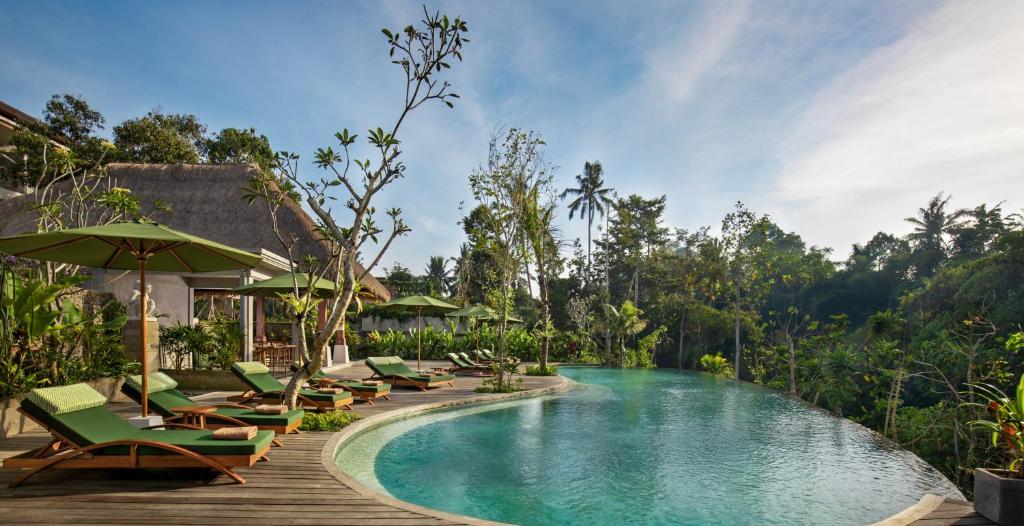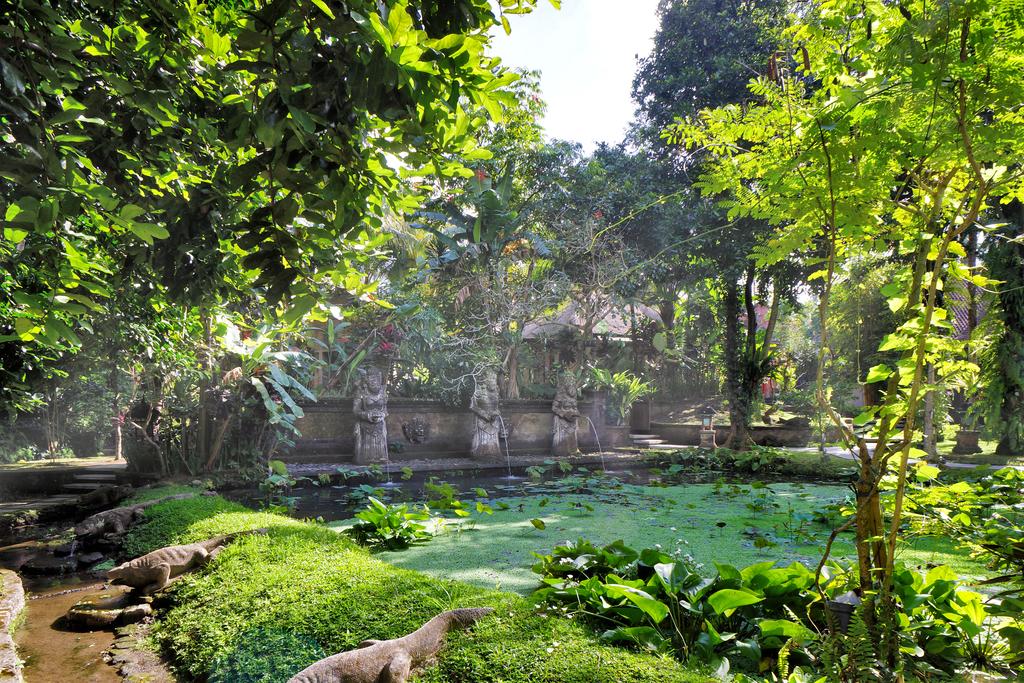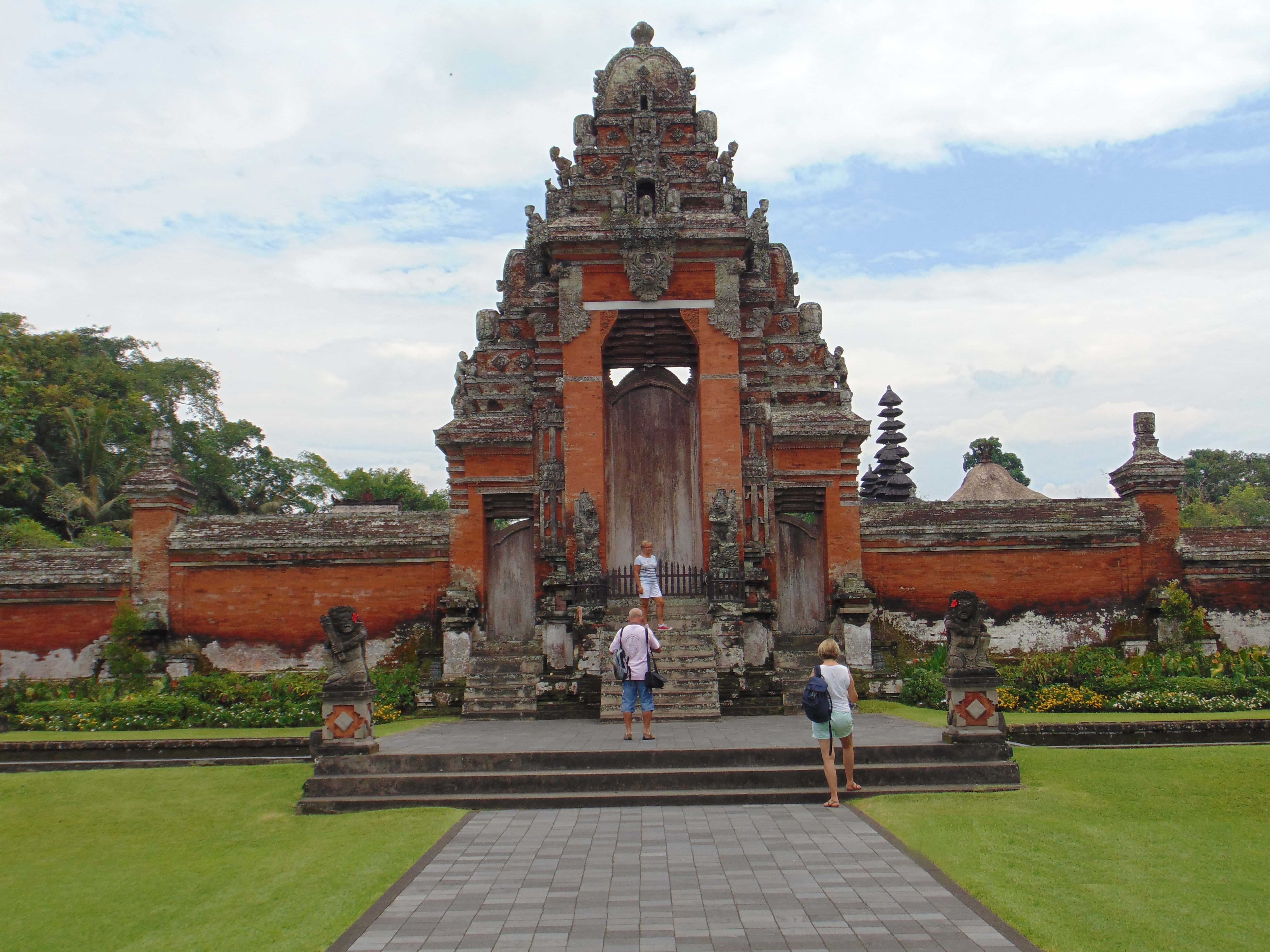What are the best places to visit in Bali?
South Bali
One of the first areas of Bali to be developed for tourism was Kuta. The golden beaches, perfect waves and tropical charm of then undiscovered Bali attracted adventure seekers from all around the world. Today, Kuta is a bustling hub of shopping, dining, entertainment and has some of the island’s largest resorts tucked away in its winding streets. Famous for the raucous nightlife, Kuta is the place to be for some good old-fashioned partying.
Seminyak developed as an alternate to the already busy Kuta. For those looking for an upmarket experience by the beach with plenty of options for dining and entertainment, Seminyak is the place to be.
Next to Seminyak is the surf town of Canggu. Canggu is a coastal village and 10 km of beach. It lies approximately 10 kilometers north of Kuta, and presents a much more relaxing atmosphere of dining, cultural and beach activities. What it lacks in golden and white sand, it makes up for with perfect waves that are a surfer’s dream. Visit Canggu for beach clubs, hipster cafes and boutiques and small town vibe.
Sanur, on the South East coast of Bali, is one of the oldest resort towns in Bali. Sanur sees a more mature crowd, and is perfect for families looking for a beach getaway. Calmer and more easy going than its counterparts in the South West, Sanur offers golden beaches and calm waters perfect for swimmers. There are no dearth of cafes and restaurants and its little alleyways filled with rattan goods, beachwear, sarongs and more are a shopper’s paradise.
Nusa Dua and Jimbaran are great options for those looking for a quiet beach holiday. Even more laid back than Sanur, these erstwhile fishing villages are now home to several five star luxury resorts. While both are strategically located to reach the party hotspots of Kuta and Seminyak in thirty minutes, Jimbaran sill retains some of its original fishing village charm, while Nusa Dua is home to a burgeoning culinary and adventure sports scene.
Central Bali
Ubud is the cultural and artistic heart of Bali. Home to centuries old traditions of woodcarving, silver works, painting and stone carving, the constant presence of ‘canang’ offerings, incense and ceremonies sets Ubud apart. Whether it’s locally run homestays or magnificent villas set in the rice fields, Ubud offers a range of accommodation options, all close to spas, world-class vegan and vegetarian restaurants and of course, the ubiquitous rice fields. Ubud is not much of a party town, and gets fairly quiet at night. However, it is the perfect base to explore the magic of Kintamani highland area. The famous Tegalalang rice terraces are less than an hour away, and the area is perfect to explore coffee, cacao and other fruit farms. Head up to Mount Batur for a sunrise trek to view majesty of the volcanoes up close, or explore one of the many temples sacred to the island’s Hindus.
Coastal Bali
East Bali is a largely under explored region and contains many hidden gems like the bat cave temple, water palace, white sand beaches and more. The real charm of East and West Bali lies in the many sleepy little villages, where you can experience a Bali far removed from the tourist circuit. The region is dotted with several luxury resorts, specially designed for those wanting to escape from city life. While the nightlife is not much to speak of, divers and snorkelers are in for a treat here. The spectacular diving spots span from Padang Bai to Amed and Menjangan in the west.





















